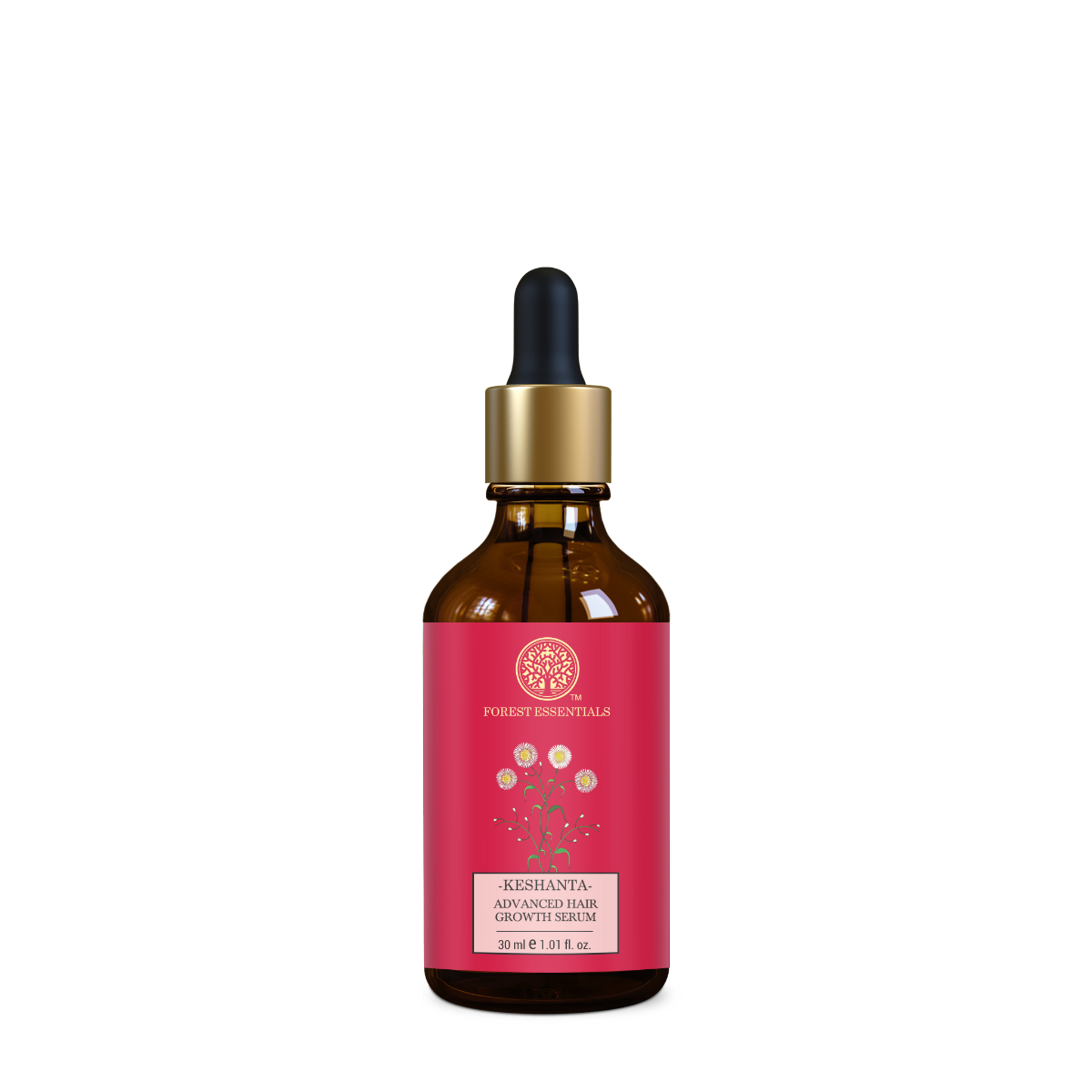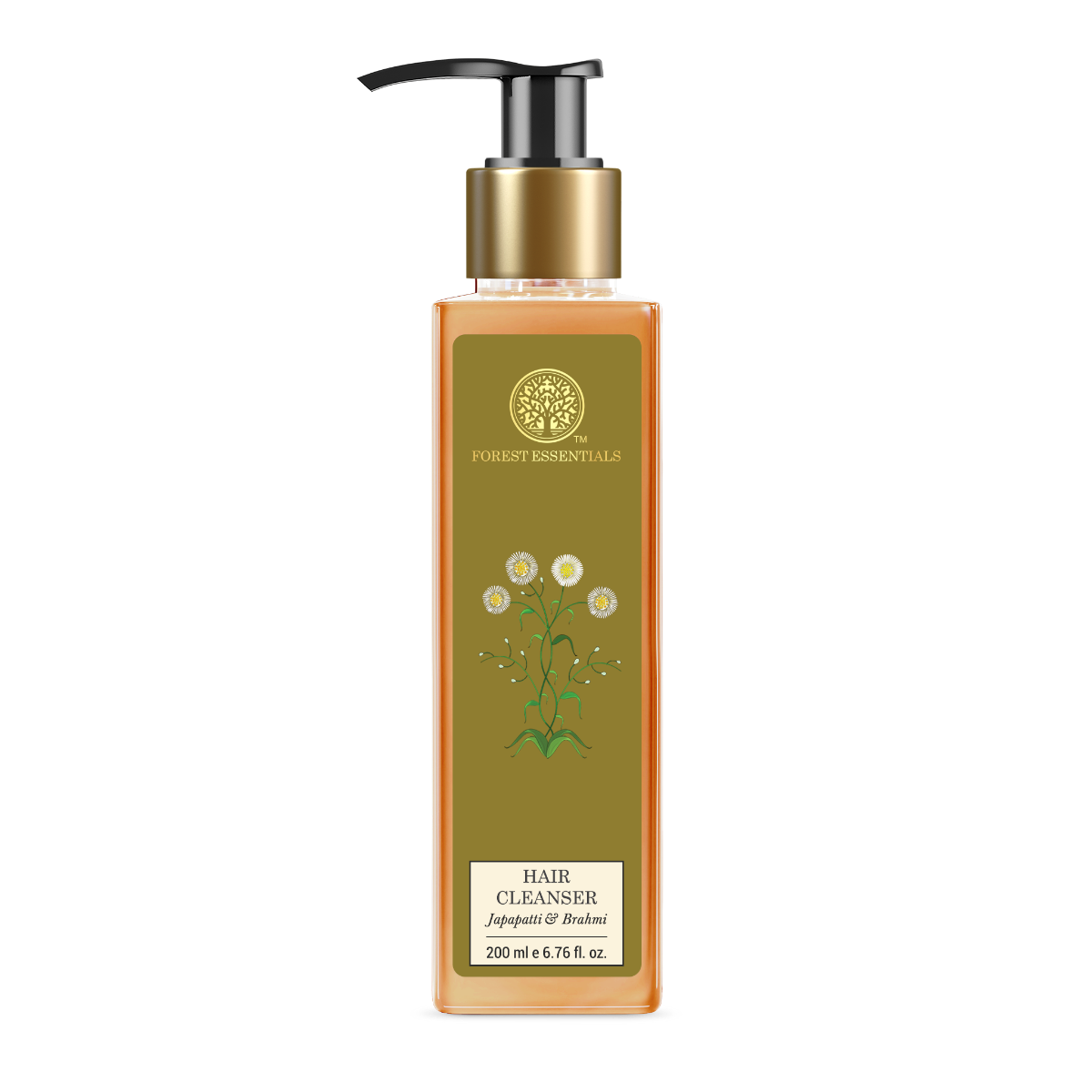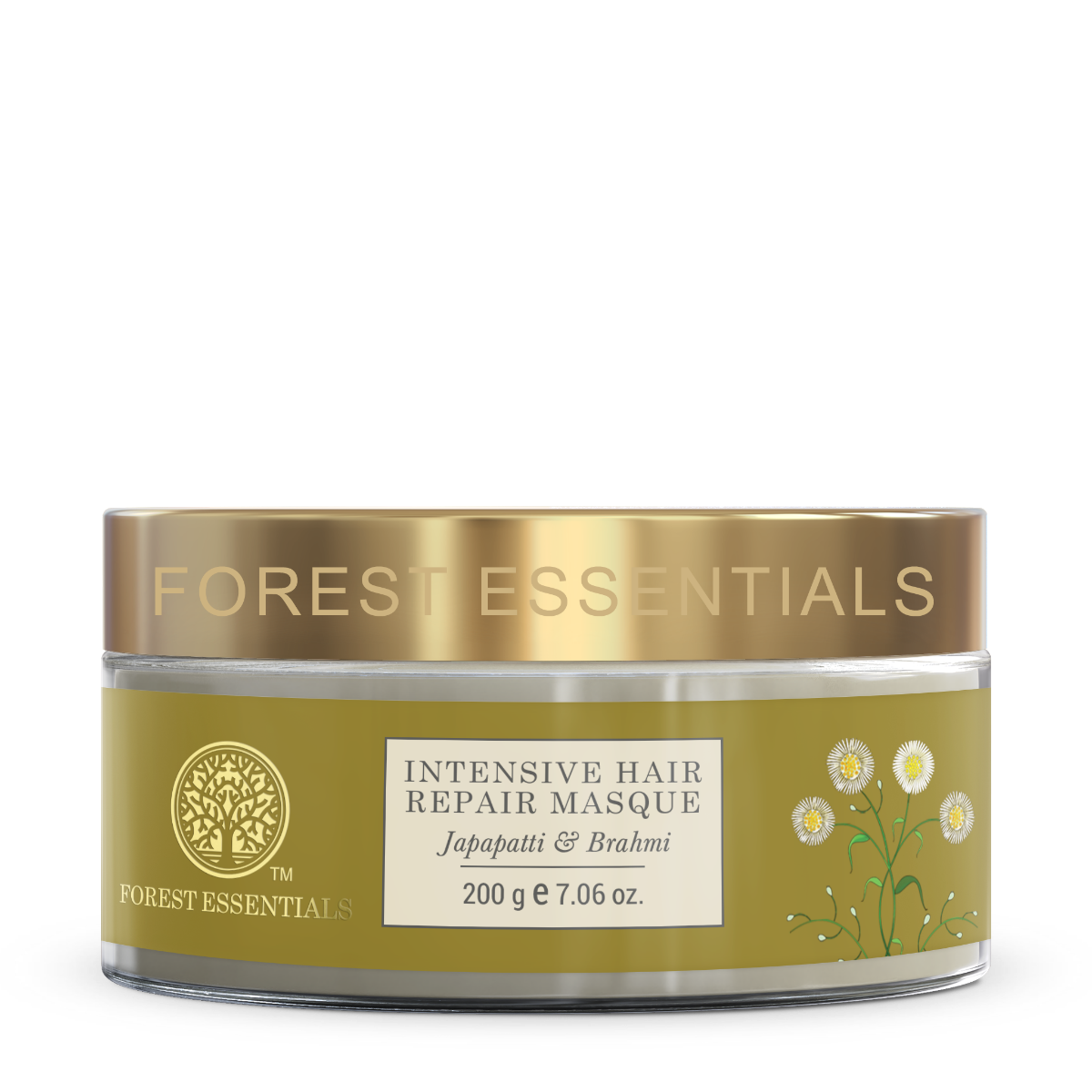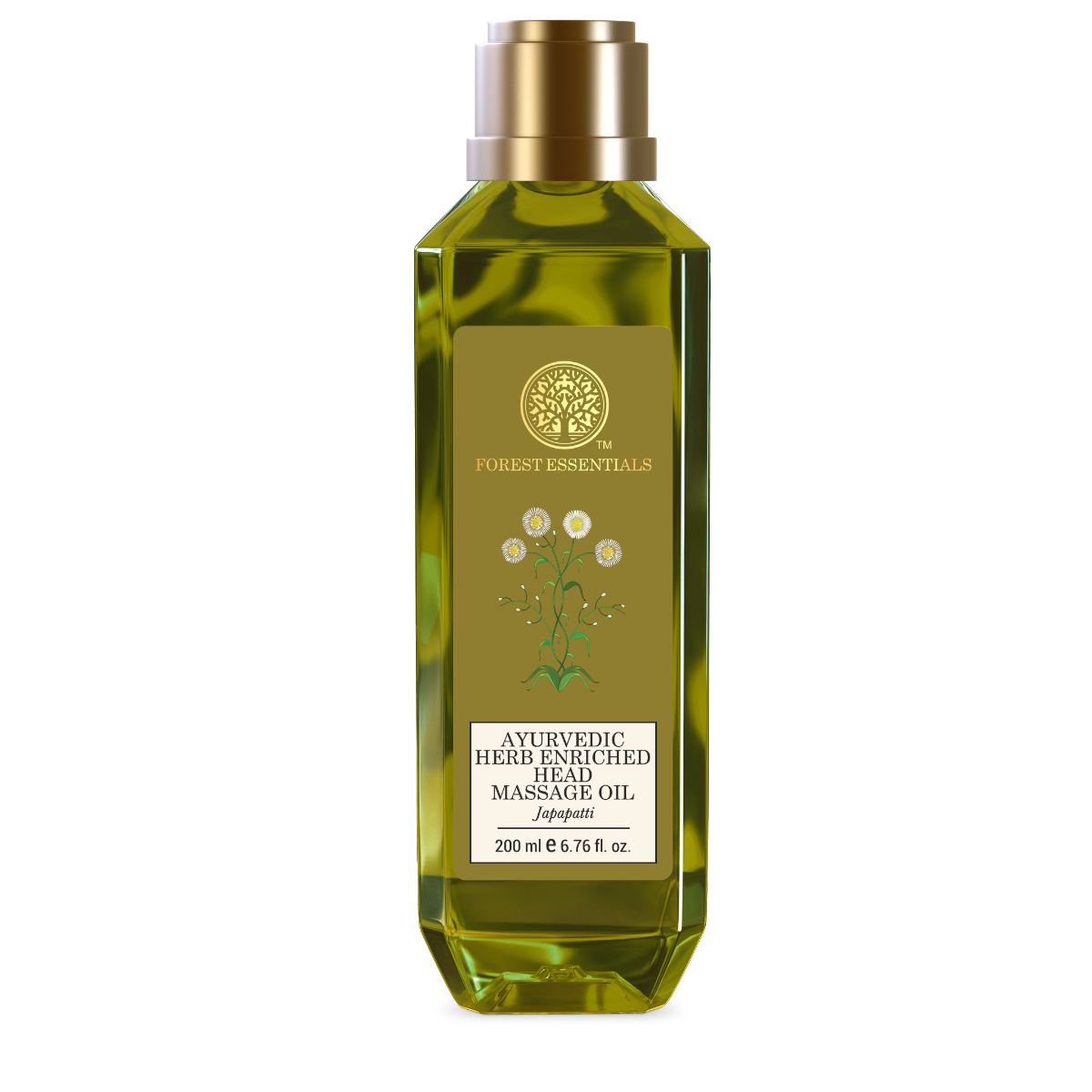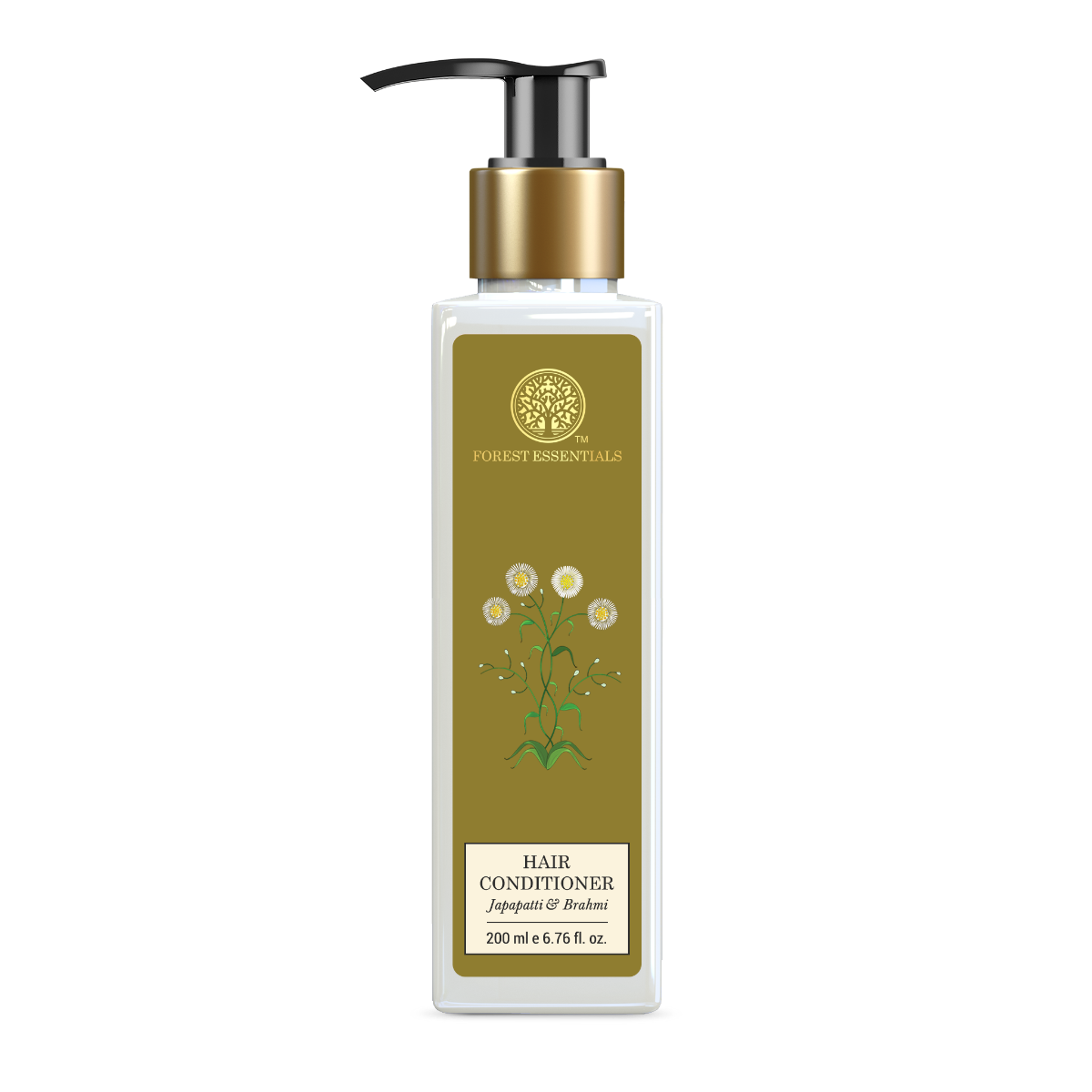After the intense summer heat, the monsoon brings about a sense of renewal, vitality, and happiness. However, during this season, hair tends to fall a bit more than it does throughout the other seasons. Ever wondered why hair fall increases in monsoon? More hair fall results from the hair follicles being weakened by the wet season. Fortunately, by taking the right precautions and giving your hair the love and care it deserves, you may avoid having too much hair fall in the monsoon.
Let us understand the reasons for hair fall in the rainy season.
Causes of Hair Fall in Monsoon

1. Increased Humidity
A poor diet, frequent heat styling, improper hair care practices, artificial treatments, unhealthy lifestyles, and medical conditions typically cause hair fall. People usually lose between 50 and 100 hairs a day; however, it has been seen that this amount might reach up to 200–250 during the monsoon season due to the significant levels of humidity and stickiness. The high moisture content in the atmosphere leads to excessive hair fall.
2. Hair’s Chemical Structure
Hair’s chemical structure is susceptible to hydrogen atoms in the air. Absorbing too much hydrogen can cause brittleness and fragility, leading to monsoon-related hair loss. The weather causes the hair to swell, causing the smooth cuticle to erupt and making the hair more fragile.
3. Loss of Natural Oils
Humidity deprives the scalp of its natural oils and nutrients, causing the roots to become weaker and drier, eventually leading to hair fall during monsoon.
Ayurvedic Insights on Hair Fall in Monsoon

Doshas and Hair Health
According to age-old Ayurvedic knowledge, even though the weather is cool during the varsha ritu because of the rain, the humidity and moisture increase, aggravating the body’s doshas. Doshas begin to vitiate one another due to weak Agni. This is particularly true for the vata and pitta doshas, which are the main causes of hair loss in monsoon.
Vata Dosha: Governs movement and dryness, leading to dry scalps and brittle hair.
Pitta Dosha: Elevated temperatures and humidity levels can worsen pitta dosha, leading to dandruff, hair loss, and scalp infections.
The monsoon season calls for extra attention and care for our hair. Some effective Ayurvedic practices are mentioned in the next section.
Effective Tips to Combat Hair Fall in Monsoon

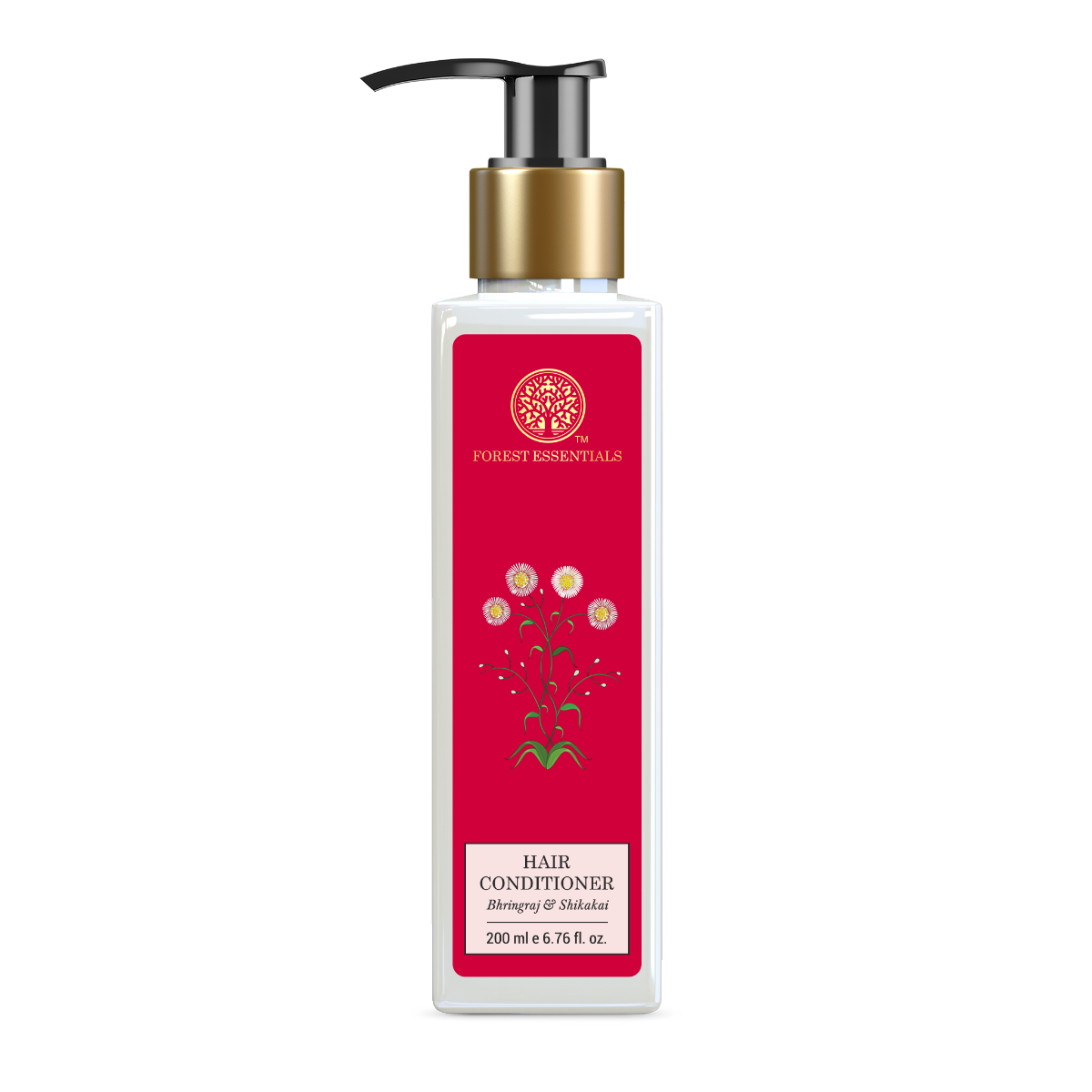


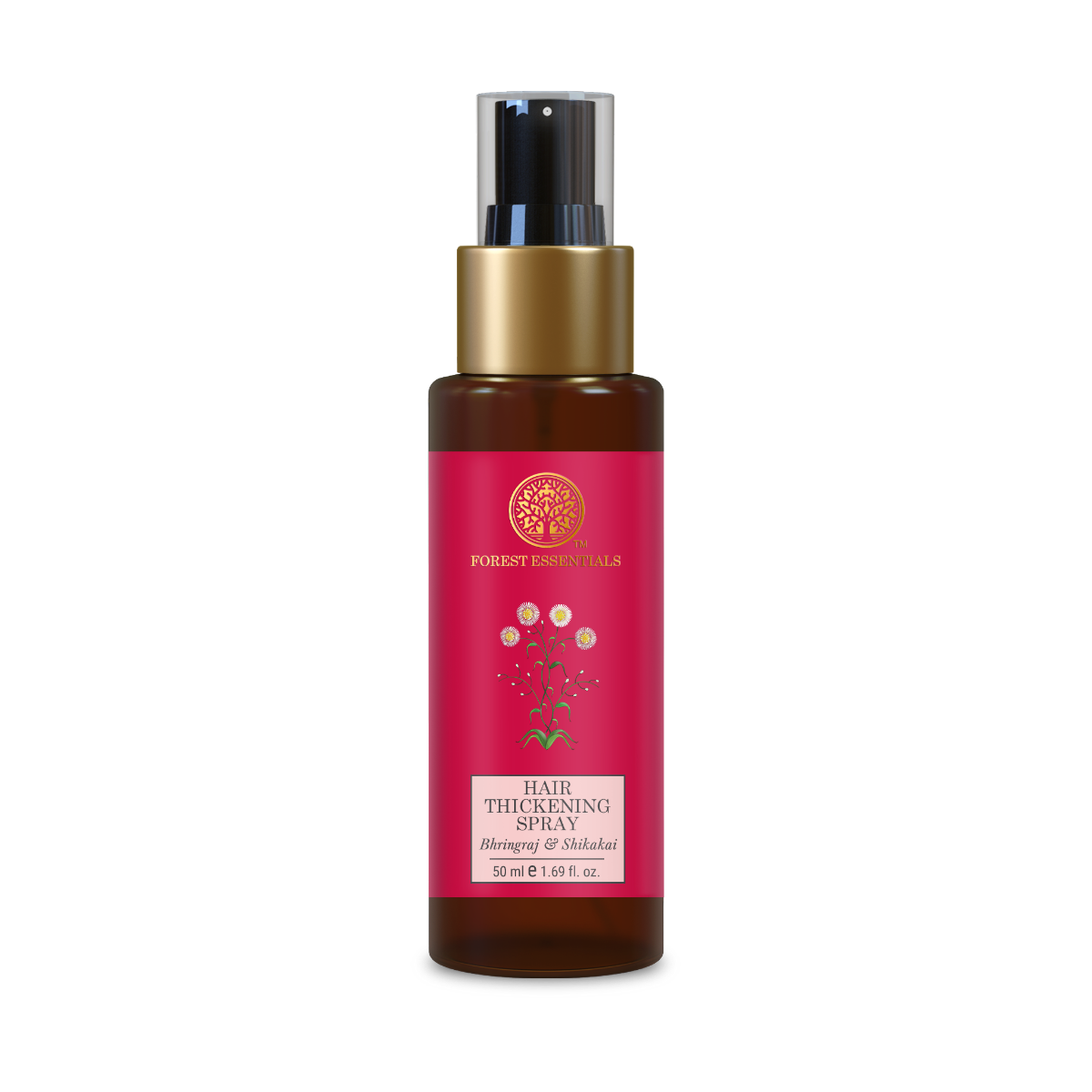
Maintaining scalp health is critical during the monsoon, as high humidity leads to increased dandruff, infections, and hair fall. It provides the ideal breeding ground for microbes to attack the scalp and follicles. Follow a three-step ritual to take care of your tresses during the monsoon.
Step 1: Gentle Cleansing
Maintaining scalp health is critical during the monsoon, as high humidity increases dandruff, infections, and hair fall. Use natural shampoos with antimicrobial herbs such as Reetha, Bhringraj, and Shikakai to eliminate debris buildup. Bhringraj ensures optimum nutrient supply to hair follicles while preventing infections. Forest Essentials’ Hair Cleansers, enriched with Bhringraj, Shikakai, and other beneficial herbs, are sulphate-free and gentle on the scalp, making them ideal for maintaining healthy hair during the monsoon.
Step 2: Regular Conditioning
Follow a conditioning regimen to reverse humidity damage while retaining the moisture balance for hair strength. Forest Essentials’ Hair Conditioners are designed to repair and nourish the hair by stimulating the hair roots and repairing dry, dull, and damaged hair to improve hair texture.
Step 3: Lightweight Serum Application
Strategically use a lightweight hair serum that penetrates the scalp to reduce hair fall and promote hair regeneration. Opt for the Forest Essentials’ Keshanta Hair Serum, an innovative hair growth concentrate formulated with advanced Ayurvedic extracts including Amla, Bhringraj, Jatamansi, and Brahmi, and powerful active ingredients like Redensyl and AnaGain. This lightweight serum promotes regeneration, strengthens each strand, significantly reduces breakage, fortifies hair follicles, and is a great choice to combat hair fall in the rainy season.
Ayurvedic Scalp Care Practices

1. Shiro Abhyanga (Oil Massage)
Gently massage herb-infused oils such as Bhringraj oil onto the roots and scalp to ensure optimum nutrient supply to each follicle. This boosts strength and speeds up growth cycles. Bhringraj oil eliminates dandruff-related issues. Focus this massage on the follicles using small circular motions to stimulate dormant roots without over-pulling fragile strands.
2. Kesha Swedana (Hair Steaming)
For optimal absorption of nourishing oils into the scalp, steaming your hair, also known as Kesha Swedana, is a must after oiling, especially in the monsoon season.
3. Ayurvedic Gharshan (Scalp Scrub)
Indulge in a natural scrub for your scalp once a month for an invigorating cleanse. A coarse mixture of ground fenugreek seeds, coffee powder, finely processed raw cane sugar, almond oil, and lemon juice works wonders. Rinse and shampoo after five to ten minutes of massaging this into your scalp.
Conclusion
The monsoon season, with its high humidity and moisture, can indeed pose challenges for maintaining healthy hair. However, understanding the causes of increased hair fall during this period and adopting appropriate hair care routines can make a significant difference. By incorporating Ayurvedic practices and natural hair care products, you can protect your hair from the adverse effects of the rainy season. Regular cleansing, conditioning, and the use of lightweight serums, along with scalp massages and steaming, can strengthen hair follicles and promote healthy hair growth.
Remember, hair fall during the monsoon is usually temporary, and with the right care, you can ensure that your hair remains strong and beautiful throughout the season. Embrace these tips and enjoy the monsoon without worrying about excessive hair fall.
FAQs
Why does more hair fall in monsoon?
Moisture causes the hair cuticle to swell and lift, making it more prone to damage. Excess sebum production also leads to increased hair fall.
How to stop hair fall in monsoon?
Avoid chemicals, use gentle natural hair products, detangle hair regularly, use a satin pillowcase, and massage your scalp to improve blood circulation.
Does hair regrow after monsoon?
Yes, the hair loss experienced during monsoon is usually temporary. Following proper haircare practices can promote regrowth.
Can humidity cause hair loss?
Yes, high humidity depletes hair of natural oils, causing dryness, frizz, and breakage. It also increases the risk of dandruff and infections.
Which season does hair grow faster?
There is no conclusive research on seasonal hair growth rates. Hair growth is influenced by genetics, stress, hormones, nutrition, and lifestyle factors.
References
https://www.ijhsr.org/IJHSR_Vol.9_Issue.4_April2019/34.pdf
https://www.ijord.com/index.php/ijord/article/view/1787
https://www.researchgate.net/publication/340033822_Concept_of_Hair_Problems_and_its_Treatment_in_Ayurveda
https://www.ncbi.nlm.nih.gov/pmc/articles/PMC3361919/





